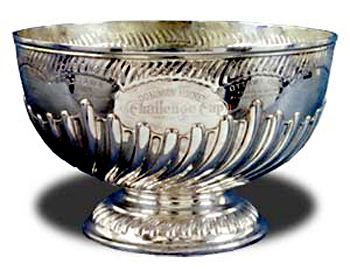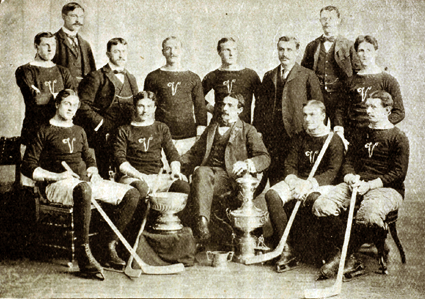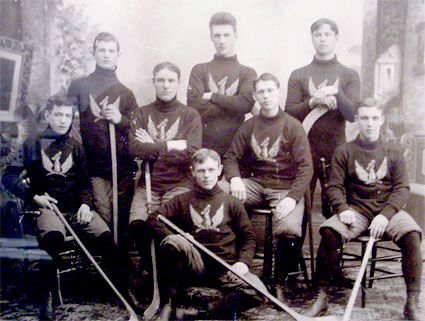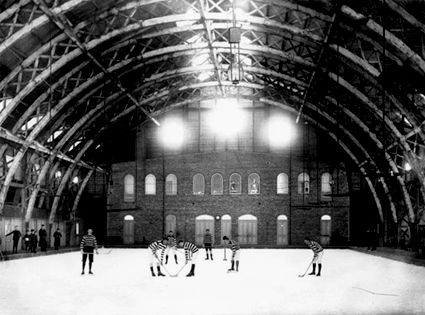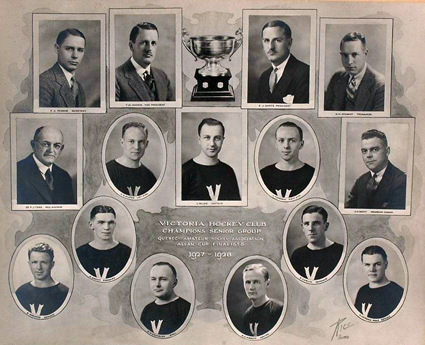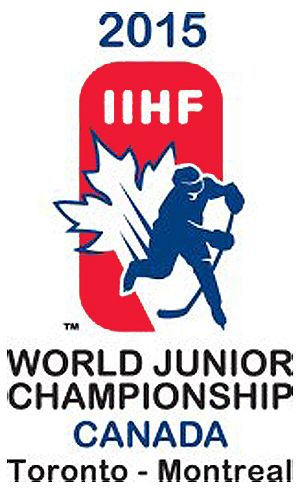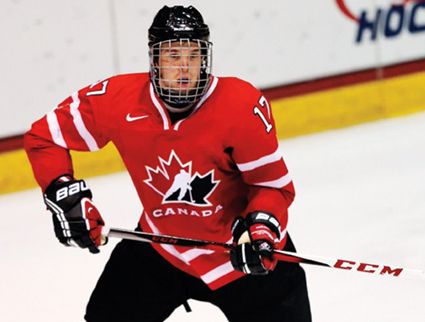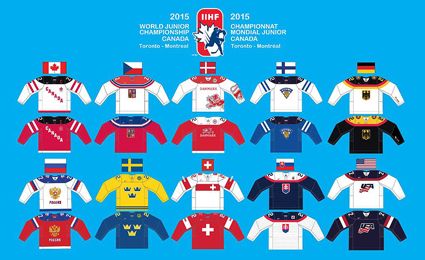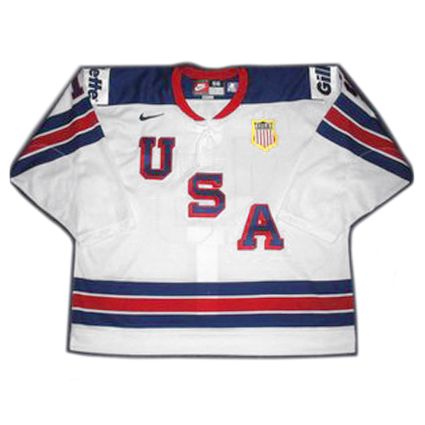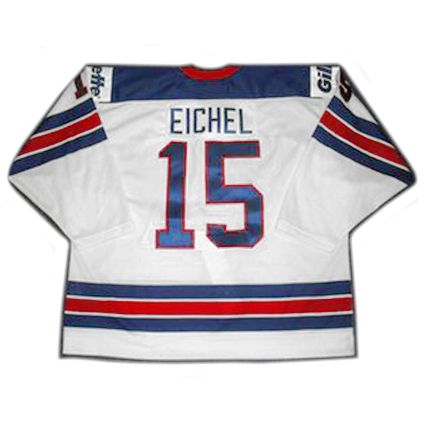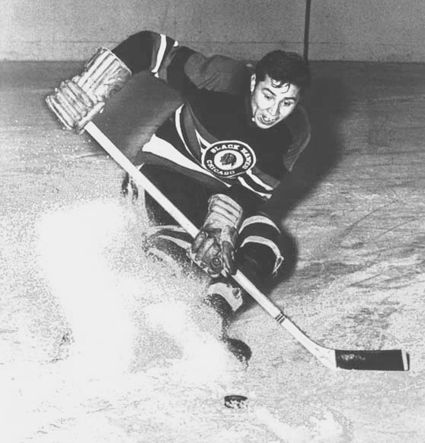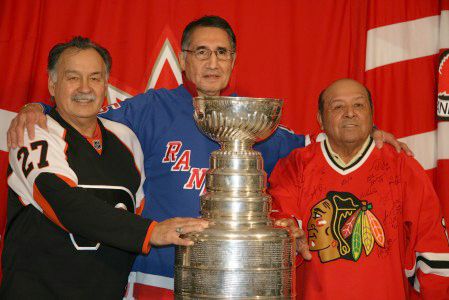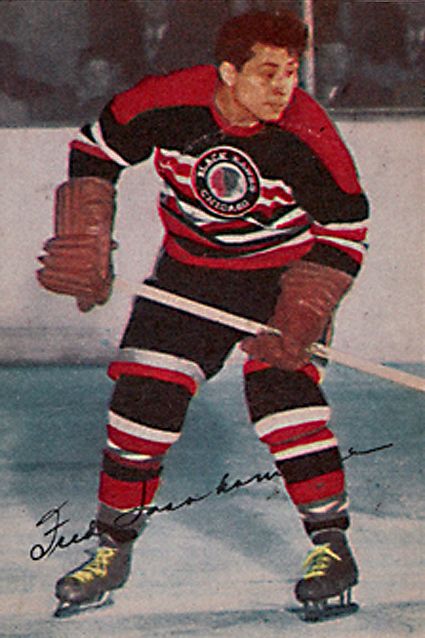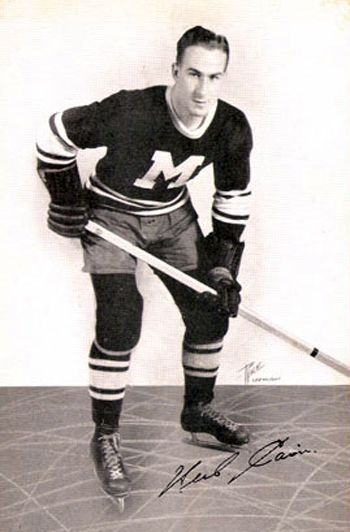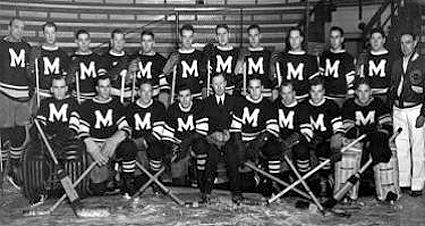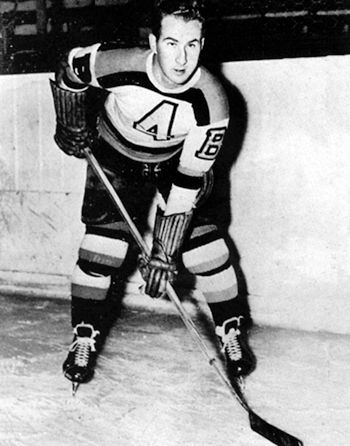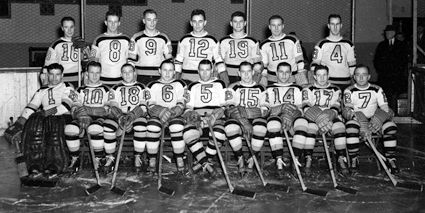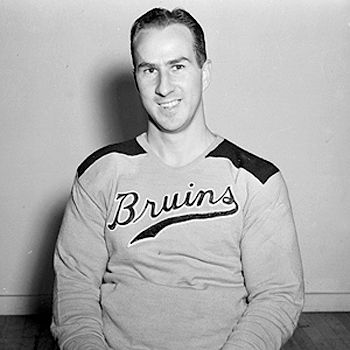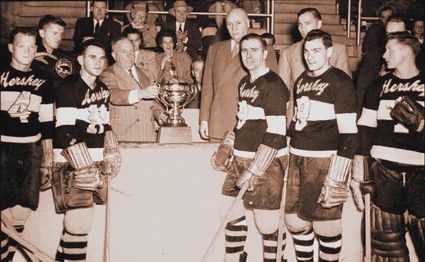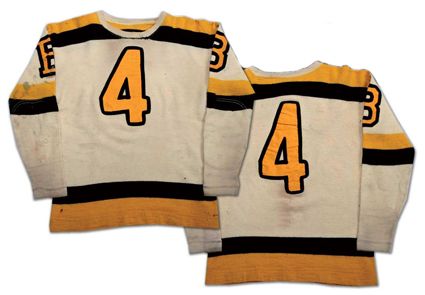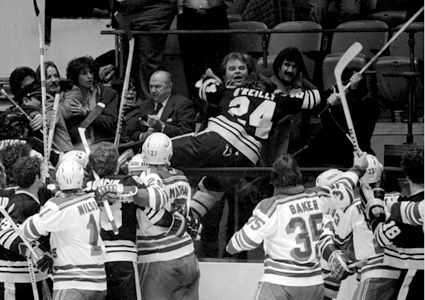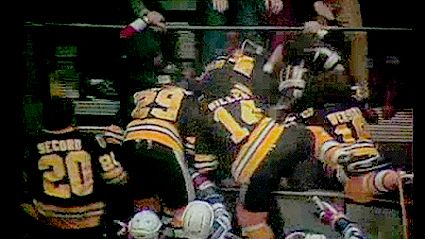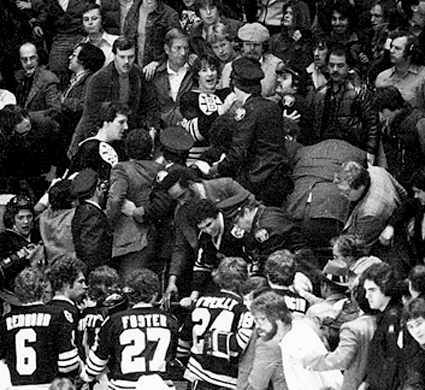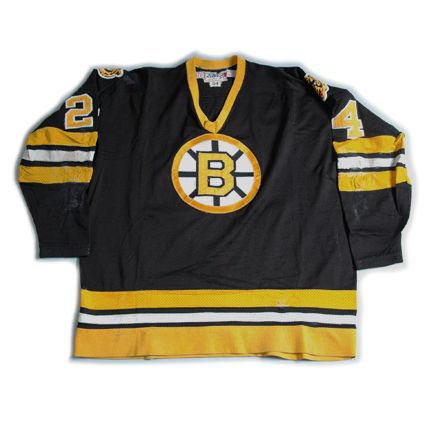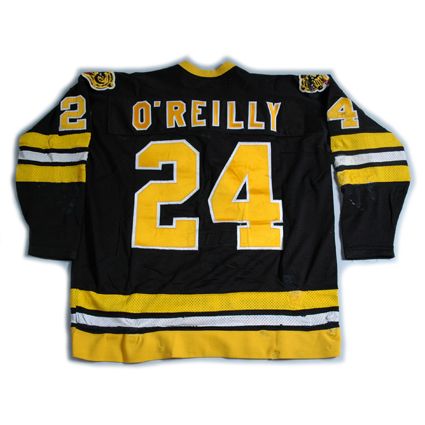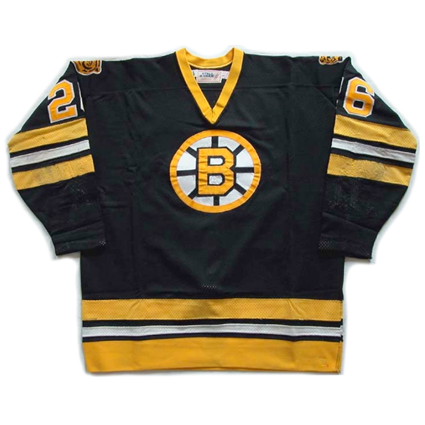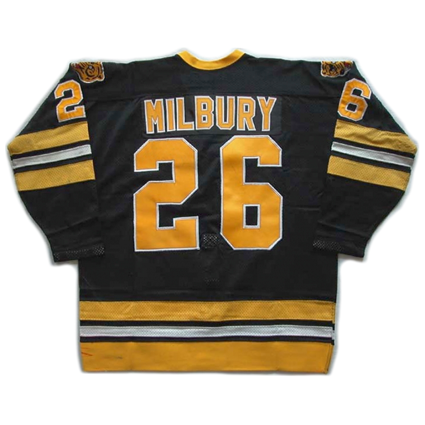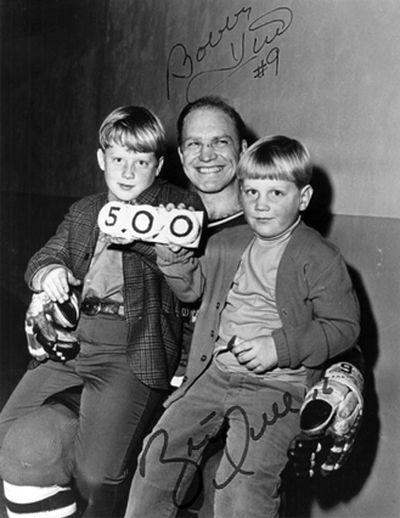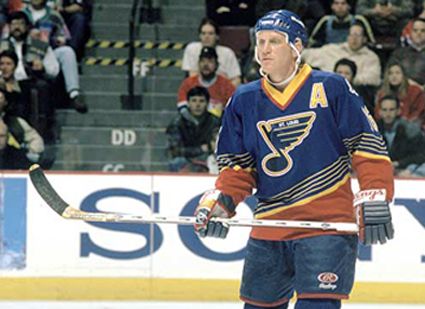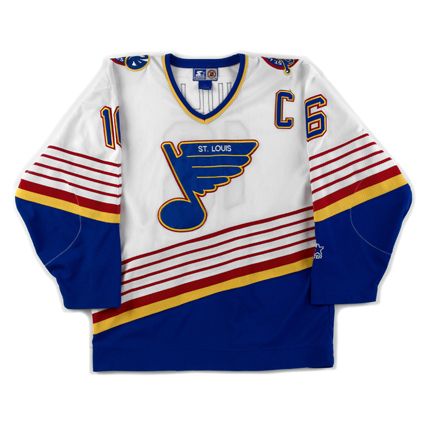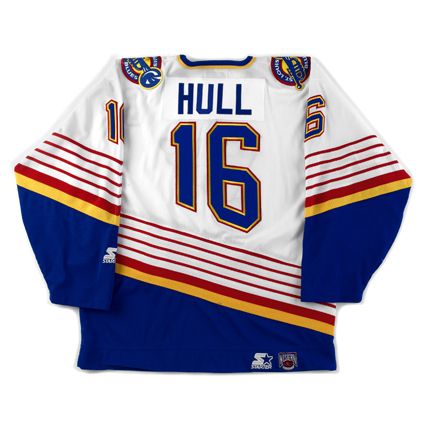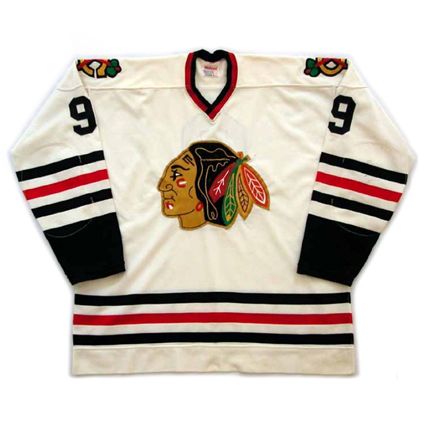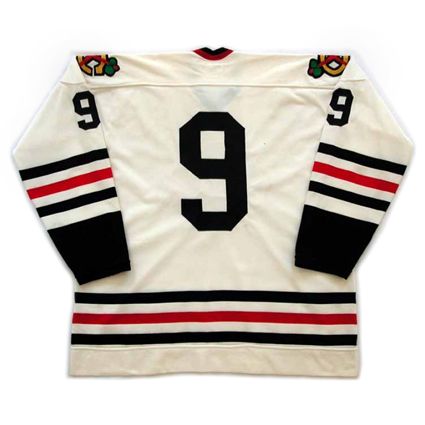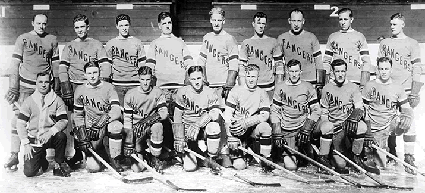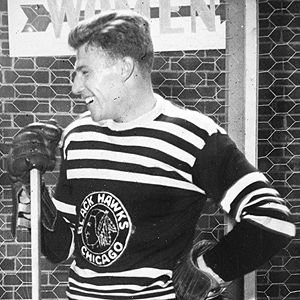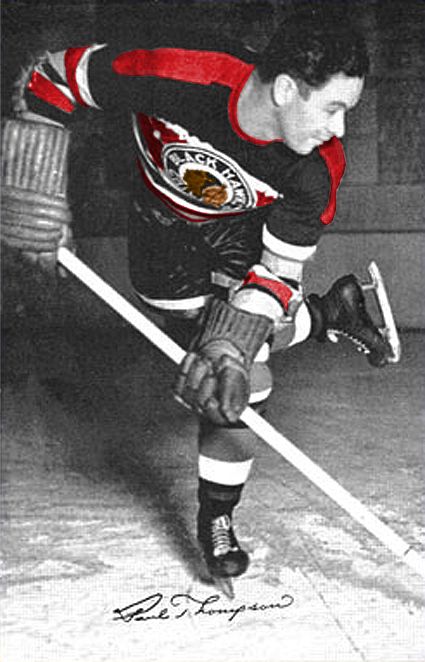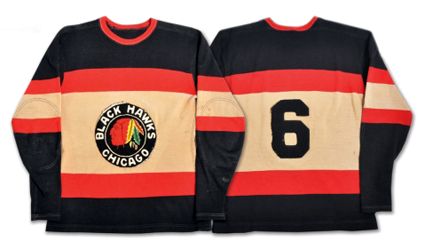Their first order of business was to compete in the 1897 Amateur Hockey Association of Canada season, which began on January 9, 1897. The Victorias first game came on January 12th and resulted in a 5-4 win over their Montreal rivals, the Montreal Hockey Club, also known as Montreal AAA, who were the first team awarded the cup in 1893.
The Victorias next game was against yet another Montreal based club, the Montreal Shamrocks, who they defeated 6-4. A week later they travelled to Quebec where they defeated the Bulldogs 9-4.
Another road game followed, this time to Ottawa to face the club known as the Generals, which would later evolve to the Silver Seven and later the Senators. The Victorias would prevail 4-2 on February 6th, but a week later Ottawa would return the favor and hand the Victorias their first defeat, which came back in Montreal by a score of 3-1.
The Victorias put themselves in a strong position to retain the cup with a 8-2 win over Quebec at home and clinched the AHAC championship, and rights to the Stanley Cup, when they defeated the Montreal Hockey Club 7-3 on February 27, 1897. Their final record was 7 win against 1 defeat, while Ottawa and Montreal finished back at 5-3.
Gordon Lewis was the goaltender for the Victorias, playing in all 8 games with a 3.3 goals against average, good for second in the league. Ernie McLea led the team in scoring with 8 goals in 8 games, coming in fourth in league scoring. Cam Davidson was second on the Victorias with 5 goals in 8 games played.
Meanwhile, the Ottawa Capitals were formed in 1896 when the Victorias were battling Winnipeg for the rights to the cup. The Capitals helped form a new league, the Central Canada Hockey Association, and won the league title on their second try in the spring of 1897, which gave them the courage to challenge the Victorias for the Stanley Cup.
The first game of the best-of-three series was played on this date in 1897 at the Victoria Rink in Montreal.
The game was all Montreal, as the Victorias trounced the Capitals so soundly by a score of 14-2 (some reports have it listed as 15-2), that no reports of the game included any statistical information regarding the goal scorers. One could assume that no one stood out with five or more, which one would think would have been worthy of a mention.
Such was the dominance of the Victorias that the remainder of the series was abandoned when Ottawa withdrew it's challenge.
Entering the season on a high from their successful defense of the cup, the Victorias rolled through the 1898 AHAC season with a perfect 8-0 record to once again continue as holders of the Stanley Cup, their fourth consecutive league championship.
The AHAC would dissolve following the 1898 season and be reborn as the Canadian Amateur Hockey League for 1899. While the CAHL season would start on January 7th and run through March 4th, it was determined that the Victorias would have to face a challenge for the cup midseason, rather than prior to the start of their league schedule as had been the standard previously.
That challenge came from their old foes, the Winnipeg Victorias, who Montreal had already faced twice before, with each club winning once. This challenge saw a new format for the series, a two games, total goals series and was played in Montreal at the Montreal Arena. Montreal eked out a 2-1 win in Game 1 on February 15th and secured the series with a 3-2 win in Game 2 three nights later on the 18th.
The Victorias did not seem distressed by the two close, hard fought games coming during the middle of their regular season schedule, as they won their game on February 11th 16-0 over Ottawa and their next scheduled game on February 25th 10-6 over the Montreal Hockey Club. They did however lose 1-0 on March 1st to the Montreal Shamrocks, who had defeated the Victorias 4-3 on February 8th.
Those two losses were the difference in the standings, as the Shamrocks finished first at 7-1, with the Victorias second at 6-2, which gave the Shamrocks the league title and the rights to the Stanley Cup, ending the Victorias second reign at 2 years, 2 months and 4 days, which included two challenge defenses and two league championships.
The Victorias would never again hold the cup, but they did face their old rivals the Ottawa Hockey Club in 1903 in a post season playoff, as the Victorias had finished second to Ottawa during the regular season. Ottawa would win easily by a two game, total goal final of 9-1 as Ottawa began their own three year run as holders of the cup.
The club won the 1905 CAHL championship, but could not agree with the trustees of the cup on a format for a challenge to Ottawa for the cup, insisting on either a single game winner take all or two game total goals series, while the trustees held to a best-of-three format. The impasse resulted in no challenge ever taking place.
The Victorias held fast to the tenants of amateurism as more and more teams began paying their players. They eventually left the increasing professional leagues in 1908 and were no longer eligible to compete for the Stanley Cup.
In 1927, the Victorias became the first club team to tour Europe, playing games in Sweden, Germany, Austria, Italy, Switzerland and England, going 14-0.
The Victorias won the Allan Cup in 1928 as the Canada's top amateur club and continued to play until ceasing operations in 1939.

